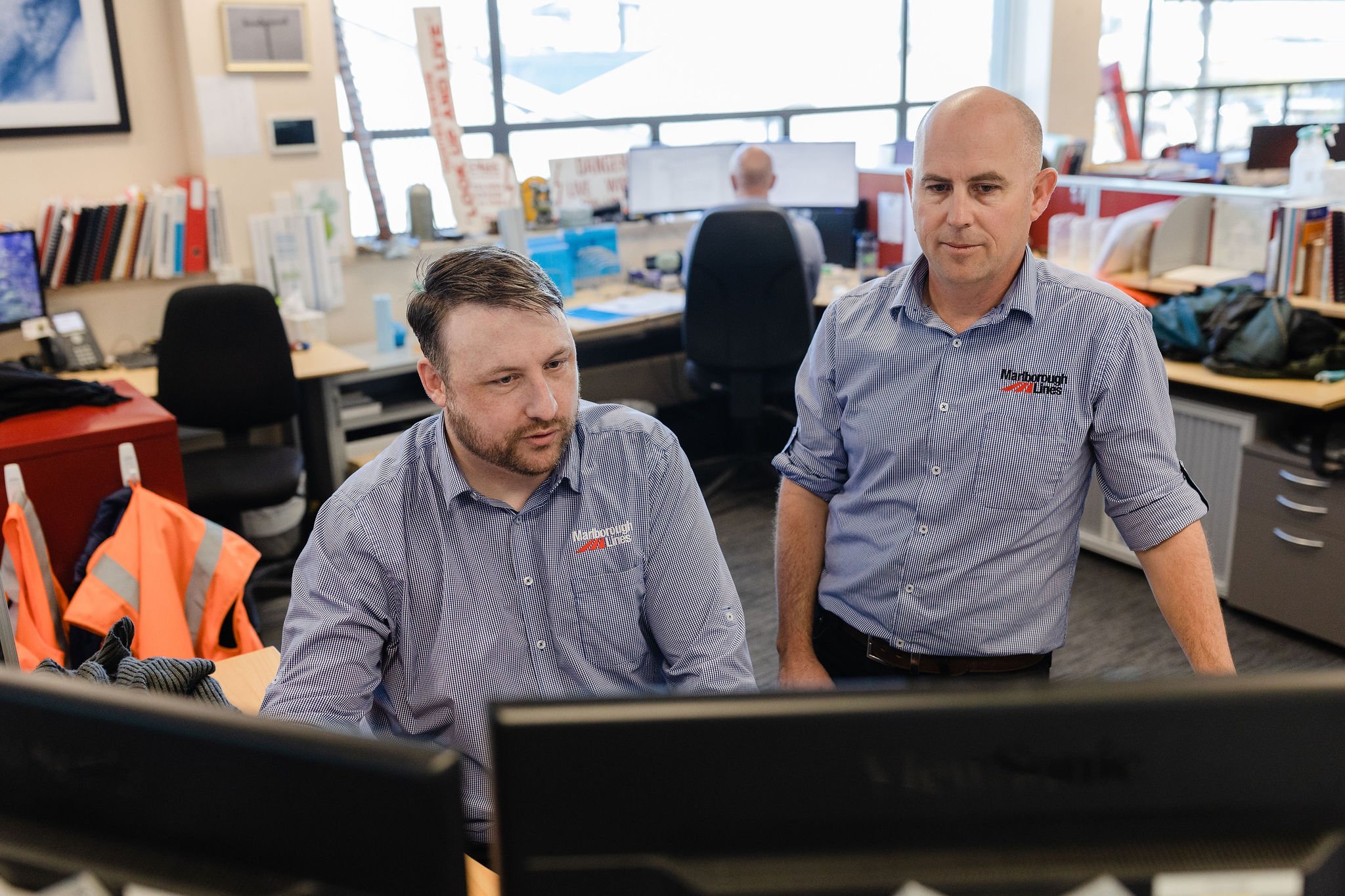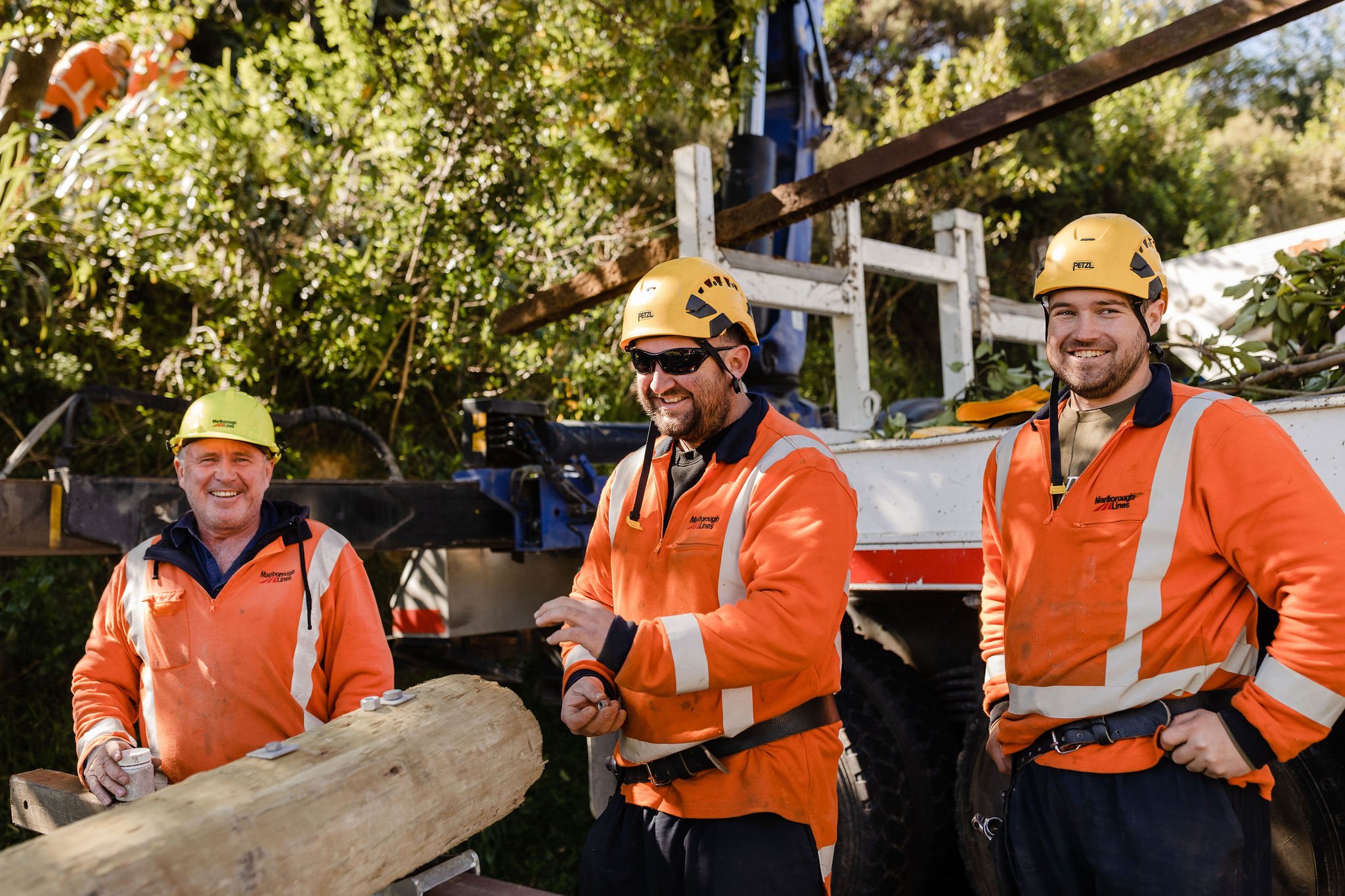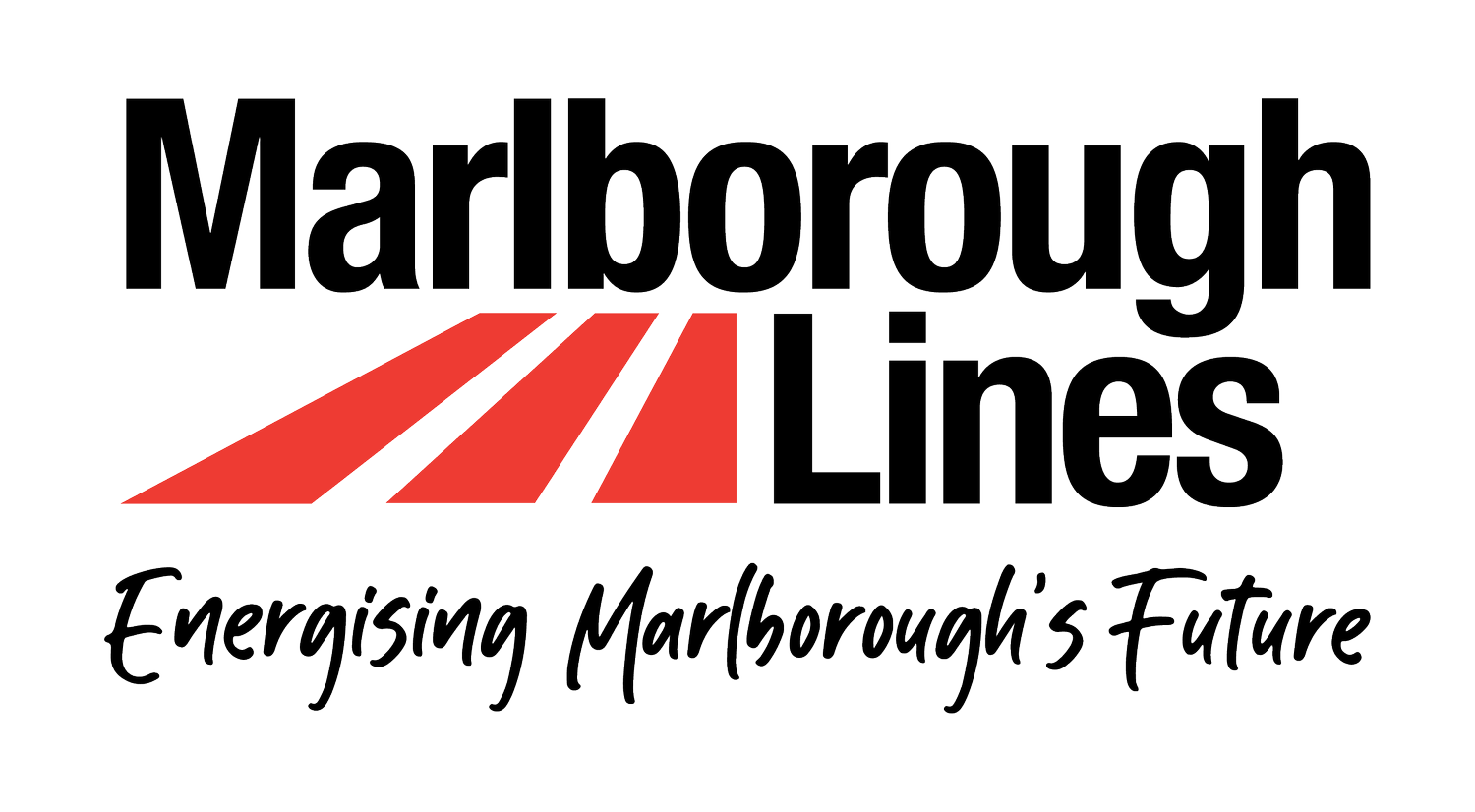
CONNECTIONS REQUIREMENTS & STANDARDS
Navigate to a section
Technical Information ➔
Generators ➔
Technical Information
Disclaimer
The information below has been provided by MLL in good faith. MLL does not accept any liability for anything that may arise from use of this information. You should always seek professional advice before taking any action in relation to the matters dealt with here.
MLL Network Standards
Connections and network extensions must conform to MLL’s network standards, including MLL’s Network Connections Standard and As-Built Standard. Both of these standards are available below:
Principal electrical safety laws in New Zealand
In New Zealand, any electrical work that exceeds 32 volts AC or 100 volt DC is governed by:
Any person, other than a homeowner, who carries out prescribed electrical work, must be registered by the Electrical Workers Registration Board and hold an annual practising licence. If you engage an electrician, ask to see their licence. If you are not sure whether the person is licensed, contact the Electrical Workers Registration Board on 0800 66 1000 or search their database online.
Certificate of compliance
When an electrician installs any new wiring or alters wiring, they must provide you with a certificate of compliance as soon as they have completed the work. This is your warranty that the work is safe and complies with the law.
Certain maintenance work, such as repairing a damaged cable or replacing a broken light fitting, is required to be tested but the electrician does not need to issue a certificate of compliance.
Prescribed electrical work
'Prescribed electrical work' is work defined in the Electricity Regulations that must be done by a registered electrical worker. It includes work to:
Install conductors.
Install fittings that are connected, or are intended to be connected, to conductors.
Maintain conductors.
Maintain fittings that are connected, or are intended to be connected, to conductors.
Maintain electrical appliances.
Connect or disconnect conductors to, or from, a power supply, other than by means of a plug, appliance inlet, or a pin that is inserted into a socket outlet.
Work requiring inspection
Some electrical work must be inspected before it’s connected to the power supply. MLL can carry out these inspections or you can use a network approved contractor. In a new house, for example, the only work that is required to be inspected is the work involving the mains supply and the main switchboard.
If a connection has been disconnected for more than six months and you would like to reconnect it, you will need to apply for a Certificate of Verification (COV) and supply a copy of this to your retailer before the connection can be relivened. You can submit a request for a COV using the button below, or your retailer can contact us directly to carry out a COV on your behalf.
Electrical work inspections
There are some things that you should note:
The installing electrician is responsible for getting the work inspected that is required to be inspected.
MLL can’t liven any premises until we’re satisfied that the premises have been certified and inspected. MLL undertakes inspection work, or you can use an independent inspector.
Connection and livening to the network can only be done by an approved contractor. Contact us or your electrician for more information.
Substandard electrical work
MLL does not carry out wiring checks on consumer premises, please contact an electrician to do this.
Resolving issues with substandard electrical work
If you are not satisfied with the electrical work done by your electrician, you should first try to resolve the problem with them. If they are a member of the Master Electricians organisation, you can contact the organisation for advice on 0800 506 688 or visit their website.
You may also contact the Electrical Workers Registration Board to make a complaint. For more information phone 0800 66 1000 or visit their website.
Electric and magnetic fields
Electric and magnetic fields (EMFs) are found everywhere. They’re part of the natural environment and present in the atmosphere. They’re also produced wherever electricity or electrical equipment is in use. Health concerns have been increasingly discussed due to numerous technological advances (e.g. mobile communications (cell phones, computers, microwaves) of which electric and magnetic fields are a by-product.
Meeting the needs of our customers and responsible design
Marlborough’s growth and the increased demand for electricity from customers require the continuous upgrade and reinforcement of our electricity distribution network to meet the needs of the community. We take the health and safety of our customers, staff and public, very seriously.
We’re not an authority on EMFs, so we defer to the national and international authorities for best practice and health guidelines for EMF levels. The NZ guideline used for acceptable exposure levels is the Ministry of Health National Radiation Laboratory guideline, which in turn refers to the International Commission on Non-Ionising Radiation Protection (ICNIRP).
The NZ recommended safe continuous exposure limit for magnetic fields, for the general public, is 100 microteslas (µT). This exposure limit is the same as those specified in Australia, Germany, Switzerland and the United Kingdom. The EMF levels of our electricity network lines and equipment comply with, and are well below, those limits.
All electrical equipment produces EMFs:
When turned on, or in standby modes, your computer, television, hair dryer, clock radio and refrigerator, for example, all produce EMFs. The strength of EMFs reduces rapidly with distance from the source.
Common household and office appliances produce EMF levels which are comparable with MLL’s electricity equipment and substations. For example, an electric kettle produces up to 1µT, a computer up to 2µT, a MLL substation (at peak load and at the boundary) less than 0.1µT for a small substation, ranging up to around 5µT for a very large installation.
Further information about EMFs
The World Health Organisation (WHO) report on the health effects of exposures to extremely low frequency (ELF) electric and magnetic fields (EMFs) - Framework Guideline
The New Zealand Ministry of Health’s Radiation Safety www.health.govt.nz. Refer to their publication, Electric and magnetic Fields and your Health
The International Commission on Non-Ionising Radiation Protection (ICNIRP) www.icnirp.org
The Australian Government agency ARPANSA also has good information, see their report on Extremely Low Frequency Magnetic Fields
Transpower also has information about Electric and magnetic fields

Generators
During a power cut, or when we have to turn the power off to work on the power lines, generators can be used to run lights and appliances until power is restored. In general they're very safe, but you should follow a few rules when you use a generator.
There are three main types of generators:
Portable generators (motors/caravans).
Standby generators.
Distributed generation (e.g. Solar or Wind).
Portable generators
Portable generators are designed to be moved from site-to-site. They're not intended to be connected directly to your electrical system. Normally they're single-phase units and you should only use them to supply appliances through flexible cords.
You should:
Never attempt to connect your generator to a wall outlet supply or by altering your house wiring. This would feed electricity back into our lines and risk the lives of line workers who may be working some distance from your home, and/or damage your generator through overload.
Never connect loads that exceed the generator's maximum output rating. Most generators have a maximum rating in watts, for example 2000 watts (two kilowatts).
Never use a generator indoors. You risk carbon monoxide poisoning from the fumes and also risk causing a fire.
Never add fuel while the generator is running.
Never use damaged leads or appliances. You should also use a safety switch designed especially for generators.
Never connect all appliances at the same time. Start with the largest and progressively add successive ones up to the generator's maximum output.
Never 'piggy back' cords - always use a multiple-outlet box with built in load limiters.
Stand-by generators
A standby generator is designed to provide electricity in the event grid supply is lost. Their capacity varies considerably and they can be connected to the installation wiring. Standby generators are installed either as fixed units or through a special inlet plug (usually for mobile generators).
Installations have either an automatic or manual change-over switch that disconnects the incoming mains and couples the generator to the installation wiring.
Connected loads must not exceed the maximum rating of the generator. To limit the load to the maximum load rating of the generator, the installation wiring is split into essential and non-essential sections so only the essential loads are supplied by the generator.
If you want to connect a generator to the house wiring, you must comply with the Australian/New Zealand Standard AS/NZS 3000 : 2007 Wiring Rules (section 7.3 – Electrical Generation Systems) available from Standards New Zealand.
A licensed electrician must install the generator and alter the wiring as necessary. If you plan to install a generator, first talk to your electrician.
One point to note is that the generator connection must be on the installation side of the energy meter - otherwise you’ll be billed for using your own power.
Generators designed to start automatically and connect to the installation should be test-run on load at periodic intervals - usually once a month.
Some units have special test switches for this testing, but the best way to ensure the generator will start and change over when the mains fails, is to turn off the building main switch.
We recommend you ensure the generator is regularly serviced by a company that specialises in that type of work.
